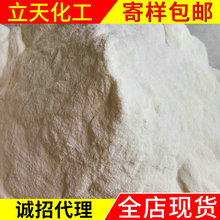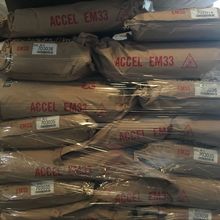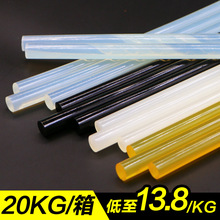Lithium-ion batteries power much of the modern world, but when it comes to renewable energy, scientists see great potential in an emerging alternative known as redox flow batteries. Researchers have developed a new electrode component for these storage devices that is said to outperform current solutions, thanks to the inclusion of an ingredient found in shrimp shells.
Redox flow batteries have long been seen as a promising candidate in storing energy drawn from intermittent sources like wind and solar, because they can store large volumes of energy at relatively low cost. This is because they hold their energy in liquid electrolytes inside huge external tanks, which travel back and forth via a membrane to exchange ions and charge and discharge the device.
This means that unlike lithium batteries that store energy in the electrode materials, the storage potential of flow batteries can theoretically be expanded by simply increasing the size of the tanks. This type of battery architecture lends itself well to renewable energy storage, where the energy mightn't be generated on an on-demand basis and often needs to be saved for later use.
A vanadium redox flow battery is one where the metal vanadium serves as the electrolyte, with the material proving a popular choice for its reliability during charing and discharging. This occurs as electrons are passed between the vanadium ions, a process that is facilitated by the battery’s electrodes, which are typically made from carbonized polyacrylonitrile, a synthetic polymer.
A project at MIT has been exploring how natural materials could offer more sustainable solutions, and possibly better performance. This led the researchers to chitin, a cellulose-like polysaccharide that we’ve seen used in the development of everything from compostable food wraps, to advanced body armor to cheaper pharmaceuticals.
“We propose to produce these vanadium flow battery electrodes from chitin, a material from shrimp shells, which, in addition to carbon, contains nitrogen,” says Francisco Martin-Martinez from Swansea University, senior author of the study.
The team deposited chitin onto felt electrodes and put it to the test as part of a vanadium redox flow battery, where it brought a “∼100 mW cm–2improvement in peak power density,” the researchers write. While an increase in performance is certainly welcome, the team is equally excited about the sustainable nature of the design.
"Its benefit does not only lies in its good performance, but also in the low cost of the starting material, which makes the electrodes more sustainable, given the reuse of waste," says Martin-Martinez. “These electrodes from shrimp waste could also be applied in supercapacitors, electrochemical devices that provide a very high energy density, and even in desalination processes, although we have focused on vanadium redox flow batteries.”
The research was published in the journal ACS Sustainable Chemistry & Engineering.
Source: Servicio de Información y Noticias Científica









